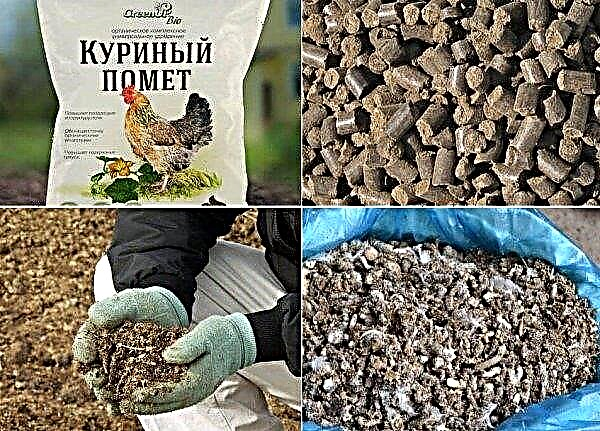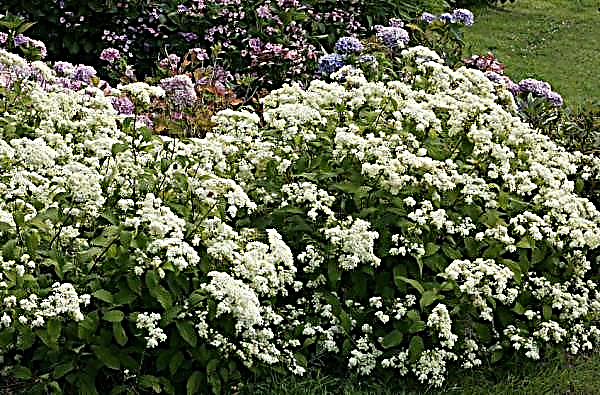The majestic and beautiful orchid is one of the most amazing plants. Her moodiness forces flower growers to pay a lot of attention to these residents of the windowsill. But the careful leaving is worth it - the unique flowering beauty will not leave anyone indifferent. And in order to fully enjoy the appearance of an orchid, you need to take care of its root system.
The Importance of Healthy Roots for a Plant
Orchid roots always cause a lot of questions for beginning plant growers, due to the structural features of this part of the plant. Understanding the needs of this organ will help grow the bush in comfortable conditions, prompting it to abundant flowering. Monitoring the root system will help you in time to identify possible diseases and other problems.
To get an idea of the functioning of the root system, you need to know that orchids in nature do not grow in the earth, but are encircled by stones, plants or other natural objects. They receive moisture from air and atmospheric phenomena (rain, fog, dew), and nutrients are not from the soil, but from the leaves, pieces of bark, wood dust, feces of animals and insects falling on them.Did you know? Not all orchids live in the tropics - some of their species can be found in Russia. The well-known venus slipper, night violet, and orchis are representatives of the orchid family.
What should be the healthy roots of an orchid
Experts believe that the root system of an orchid should not be any one particular color. And a change in color does not always indicate a flower’s disease: it can signal any changes in its life.

With any neutral color, healthy roots should have the following qualities:
- elasticity;
- hardness;
- lack of lethargy;
- healthy appearance;
- no visible damage.
What problems can be with orchid roots
Caring for the roots is much more important than caring for the rest of the plant, as root system problems immediately appear on the foliage, on the stem, and on the flowers. Most of the troubles arise in violation of quantitative and qualitative components of the irrigation process.
The following problems can occur with the roots:
- color change;
- decay;
- drying out;
- the appearance of "air" roots.
Color change
The color of the roots under normal conditions is light green, pale green or pale gray. Other shades - purple, bluish, dark gray - may be the result of a bush reaction to changes in soil composition, lighting, stimulants, irritants. After a short period of time, the normal color of the roots will be restored. A much more serious long-term change in the color of the rhizome. What plant roots look like under different conditions is described below.
On green
Green roots are an indicator that the bush is quite healthy and developing. Young root shoots are light green in color, mature shoots are faded green. If the plant does not form new roots for several months, then you need to change the irrigation system and check the quality of the irrigation fluid.
On white
The white color of the root system manifests itself when watering with ordinary tap water. The crude liquid introduces salt into the soil and disrupts the normal air exchange in the soil.

If white plaque is found on the roots, it is necessary to carry out the following measures:
- The bush is taken out of the pot.
- The roots are washed gently with running water.
- Damaged parts are cut with a sharp knife (a metal paper knife or a special cutter for plants will do well).
- Orchid is planted in a new container with fresh substrate.
- Watering is carried out only with soft, purified water at room temperature or slightly higher.
Important! Even with the plant in good condition, it is worth carrying out its prophylactic transplantation into a new substrate every three years.
On brown
Roots can become brown when planted in an opaque pot - in this case, the light is not enough for photosynthesis.
If such a color of the root system of an orchid is found, the plant needs to be updated:
- Remove the bush from the substrate.
- Rinse in warm water and soak the lower part for 2 hours.
- Trim dead and damaged roots.
- Plant in a pot of transparent material.
- Put on the illuminated windowsill.
Rotted
Orchid, despite its tropical origin, is not a big fan of moisture. It has quite fleshy flesh and is capable of doing without watering for a long time. Not all indoor flower lovers know about this, therefore they seek to water the plant “from the heart” and do it too often. Such care leads to rotting of the roots and death of the bush.
 Another reason that the root system begins to rot is the long residence of the orchid in one soil. The soil eventually depletes, compacts, and loses its ability to normal air circulation.
Another reason that the root system begins to rot is the long residence of the orchid in one soil. The soil eventually depletes, compacts, and loses its ability to normal air circulation.
If the root system begins to rot, it is necessary to ruthlessly remove the damaged roots. The flower reacts extremely painfully to such operations, so it needs to be surrounded with care (high-quality watering, diffuse lighting, warm windowsill) until recovery - for many months.
Important! It is necessary to cut off the rotting shoot 0.5–1 cm above the place where the pathological changes began.
Withered
Drying the root system is as common as decay. Even the cause of these two problems is often one and the same - improper care. The roots do not only dry from sparse watering. The most common cause of this phenomenon is a chemical burn with excess fertilizer.

A plant can be saved if it has at least a few live roots:
- The bush is taken out of the pot.
- The entire lower part is washed away from soil residues.
- Dry roots fall for a few minutes in soft warm water.
- The plant is inspected, then the obviously dead parts are removed just above the beginning of necrosis.
- The wounds are cauterized with an aqueous solution of zelenka.
The appearance of aerial roots
Aerial roots actively develop when the orchid does not receive the required amount of fluid. By increasing the area of the root system, the plant is trying to get more moisture from the air. After normalizing the living conditions of the bush (watering regulation, moving the pot away from the heating radiator, covering the shoots with a layer of moss), the development of air sprouts will stop. In no case should you cut them, as well as dig them into the soil.
Did you know? Some species of orchids, in order to be pollinated by flying insects, have learned to imitate the smells and appearance of females flies, wasps, beesto attract males to their flowers.
Features of Orchid Root Care
Caring for orchids is not easy even for experienced professionals who know how to properly process the roots, given the capriciousness of the plant and its needs. It is necessary to adhere to the rules of hygiene: both soil and containers and tools must be washed and treated with a potassium permanganate solution or appropriate chemicals.

Cutting tools must be sharp so as not to injure the roots or other parts of the plant. And the most important feature of orchid care is investing in the work of the soul - all manipulations are performed carefully, carefully, gently.
The root system of any plant is its “heart”. This statement is especially true for orchids. These beauties will answer their owners with beautiful flowering only if their roots are in perfect order.












